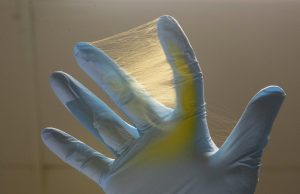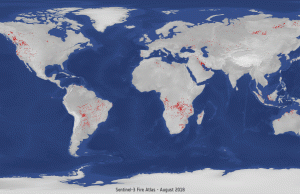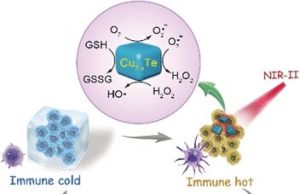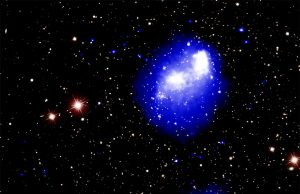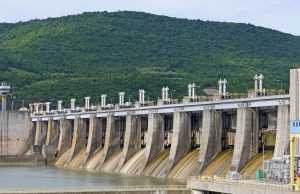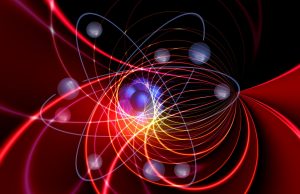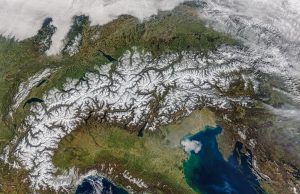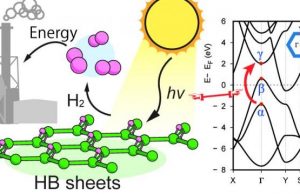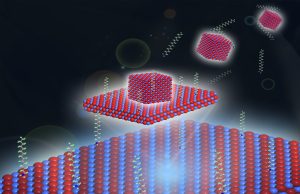Karina
Electrospun fibers weave new medical innovations
When you visit Andrew Steckl's lab at the University of Cincinnati, you see a nondescript glass box that weaves together different fibers.
He sees endless...
Study casts doubt on carbon capture
One proposed method for reducing carbon dioxide (CO2) levels in the atmosphere—and reducing the risk of climate change—is to capture carbon from the air...
Is Earth on fire? Data shows almost five times as many...
Wildfires have been making headlines again this month, with multiple fires burning in Lebanon and California, but these are just some of the many...
Catalytic immunotherapy for cancer: Nanoparticles act as artificial enzymes
Theoretically, our immune system could detect and kill cancer cells. Unfortunately, tumors are well armed to fight these attacks. Despite modern cancer treatments, metastases...
Chandra spots a mega-cluster of galaxies in the making
Astronomers using data from NASA's Chandra X-Ray Observatory and other telescopes have put together a detailed map of a rare collision between four galaxy...
Climate change is affecting the way Europe floods, experts warn
Climate change is disrupting the rhythms of spring growing and river flooding across Europe, which could pose new problems for biodiversity and food security...
Scientists confirm a new ‘magic number’ for neutrons
An international collaboration led by scientists from the University of Hong Kong, RIKEN (Japan), and CEA (France) have used the RI Beam Factory (RIBF)...
Researchers create blueprint for ‘quantum battery’ that doesn’t lose charge
Scientists from the universities of Alberta and Toronto developed a blueprint for a new quantum battery that doesn't leak charge.
"A quantum battery is a tiny, nano-size...
Mountain streams emit a surprising amount of carbon dioxide
Mountains cover 25 percent of the Earth's surface, and the streams draining these mountains account for more than a third of the global runoff....
Hydrogen boride nanosheets: A promising material for hydrogen carrier
Researchers at Tokyo Institute of Technology, University of Tsukuba, and colleagues in Japan have reported a promising hydrogen carrier in the form of hydrogen...
Living on the edge: How a 2-D material got its shape
Ever since its discovery in 2004, graphene—an atomically thin material with amazing strength and electrical properties—has inspired scientists around the world to design new...


